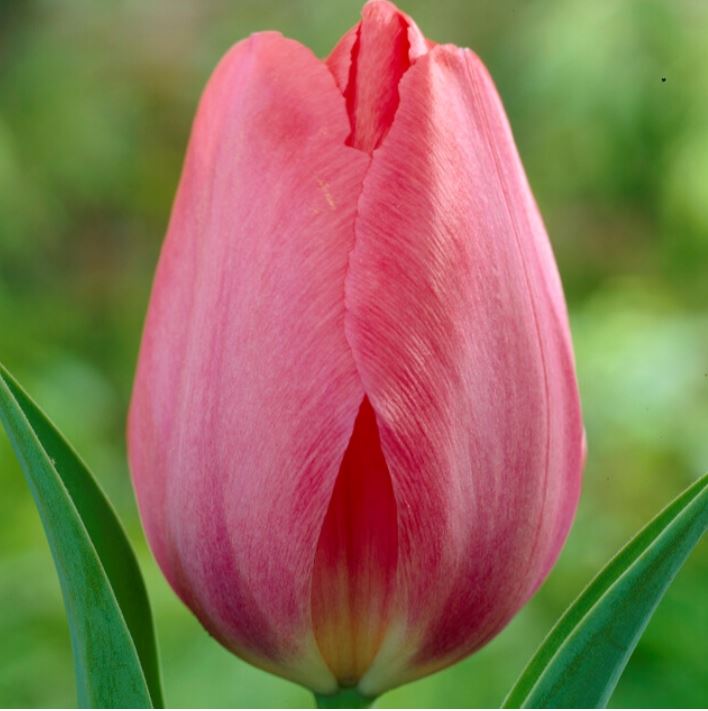Daffodil 'Dutch Master'
Couldn't load pickup availability
Daffodil Dutch Master is a classic beauty that heralds the arrival of spring with its sunny, trumpet-shaped blooms. Standing about 12 to 18 inches tall, each vibrant yellow flower radiates cheerfulness and warmth, making it a beloved favorite in gardens. The sturdy stems and lush green leaves provide a perfect backdrop for these striking blossoms, which often bloom in clusters, creating a stunning display. Known for its resilience and delightful fragrance, Dutch Master adds a splash of color and charm to borders, beds, or naturalized areas, brightening up any landscape with its joyful presence!
Size: 12/14
Zones 3 - 9
When to Plant
- Timing: Plant daffodil bulbs in the fall, ideally 6-8 weeks before the first expected frost. This allows the bulbs to develop roots before winter.
Choosing the Right Spot
- Sunlight: Daffodils prefer full sun to partial shade. They do well in areas that receive at least 4-6 hours of sunlight per day.
- Soil: Choose well-drained soil. Daffodils do not like soggy conditions, so avoid areas where water tends to pool. If your soil is heavy or clayey, mix in compost or sand to improve drainage.
How to Plant Daffodil Bulbs
-
Prepare the Soil:
- Loosen the soil to a depth of about 12 inches to allow for healthy root development.
- Incorporate compost or well-rotted manure into the soil to enhance its fertility and drainage.
-
Determine Planting Depth and Spacing:
- Depth: Plant the bulbs about 6-8 inches deep, measured from the base of the bulb to the soil surface.
- Spacing: Space the bulbs 4-6 inches apart. This spacing helps prevent overcrowding and allows for proper growth.
-
Planting Steps:
- Dig a hole that’s 6-8 inches deep and slightly wider than the bulb.
- Place the bulb in the hole with the pointed end facing up. The pointed end will eventually produce the flower stalk.
- Cover the bulb with soil and gently pat it down to remove any air pockets.
-
Watering:
- Water the bulbs thoroughly after planting to help settle the soil around them.
- Ensure that the soil stays moist but not waterlogged. Good drainage is crucial to prevent bulb rot.
-
Mulching:
- Apply a layer of mulch (2-3 inches) over the planting area. Mulch helps to retain moisture, regulate soil temperature, and reduce weed growth.
Aftercare
- Spring Growth: In the spring, as temperatures warm, daffodils will begin to emerge. Keep the soil consistently moist but not soggy.
- Fertilizing: Daffodils generally don’t need much fertilization. However, you can apply a balanced, slow-release fertilizer or bone meal in early spring as the shoots emerge to support healthy growth and blooming.
Additional Tips
- Pests and Diseases: Daffodils are relatively pest- and disease-resistant. However, ensure good soil drainage and proper spacing to help prevent problems like bulb rot and fungal diseases.
- Companion Planting: Daffodils look great with other spring flowers like tulips, hyacinths, and crocuses. They also pair well with early-blooming perennials and ornamental grasses.
By following these planting and care instructions, you’ll enjoy a beautiful display of daffodils that will brighten up your garden each spring!


Recently viewed














